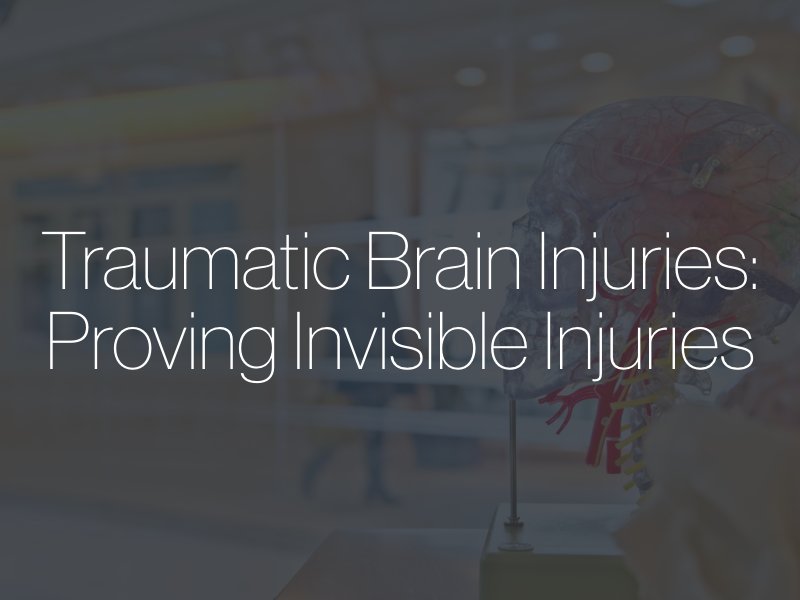When a person sustains a brain injury, the causes of symptoms are not always apparent on CT or MRI. There are not always X-rays that show a skull fracture or that reflect free blood in the brain tissue. Findings like dilated pupils, loss of consciousness, and loss of coordination can be transitory. Occasionally there are causes that are hidden.

Examples of Invisible Injuries
It can sometimes be difficult to “see” the result of a concussion or a subtle brain injury. It is hard to visualize cognitive impairment, short or long-term memory loss, and emotional and psychological suffering. However, that does not mean that these injuries are not real. Brain injury victims and their family members know that a person’s physical, emotional, and psychological impairment can be significant without showing up on an X-ray or ct scan.
Hidden Injuries Are Real
Proving that “invisible” injuries are present and causing disability is always possible. Among the best ways to prove such injuries is through lay witness testimony from friends, neighbors, clergy, work associates, and family members. Specialized expert witness testimony can also explain and document the source of residual disability when it is not obvious on MRI or other tests. San Francisco brain injury victims may be unable to testify on their own behalf. If they are able to testify, a jury can hear directly from them about how the injury has affected their quality of life
Expert witness testimony is typically from treating health care providers, including neurologists neurosurgeons, occupational, speech, and physical therapists. These individuals can testify about the nature and extent of the injuries and how the injuries impact the client’s life in both the short and long-term timeframes.
Brain injury victims and their family members may keep a daily diary or journal, documenting the patient’s daily emotional and psychological experiences. This can include rating their pain on a scale of 1 to 10 as well as discussing how their life has changed as a result of their disability.


